Lupine loving the cool Spring r/gardening
Great as cut flowers! Deadhead spent flower spikes to promote additional bloom and prevent undesired self-seeding. Provide good air circulation to avoid powdery mildew. Propagate by seed or cuttings in early spring One of the most striking perennials in the late spring garden, Lupines have long been cultivated by gardeners.
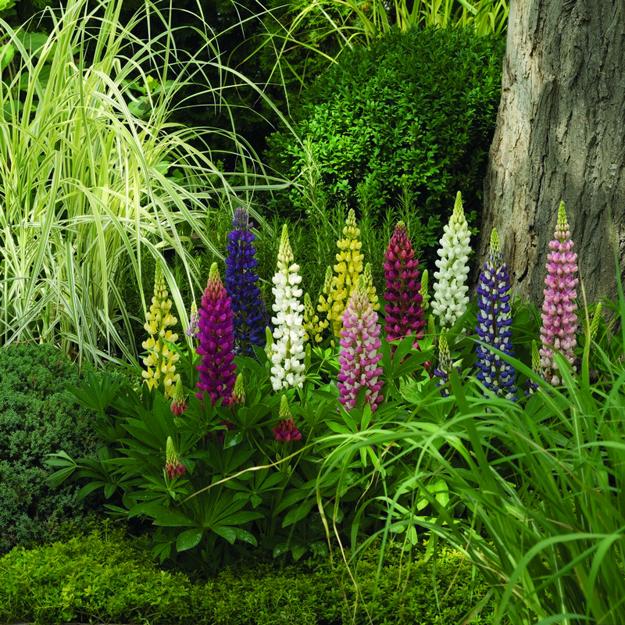
Colorful Lupines Adding Character to Flower Garden Design and Yard Landscaping
How to Build a Curved Brick Garden Border Where to Plant Lupine Lupines thrive in regions with cool summers—such as the West Coast, Pacific Northwest, northern United States, southern Canada, and New England. However, the deep South's heat and humidity (Zones 7-9) compromise lupines' well-being; grow these flowers as annuals in this area.
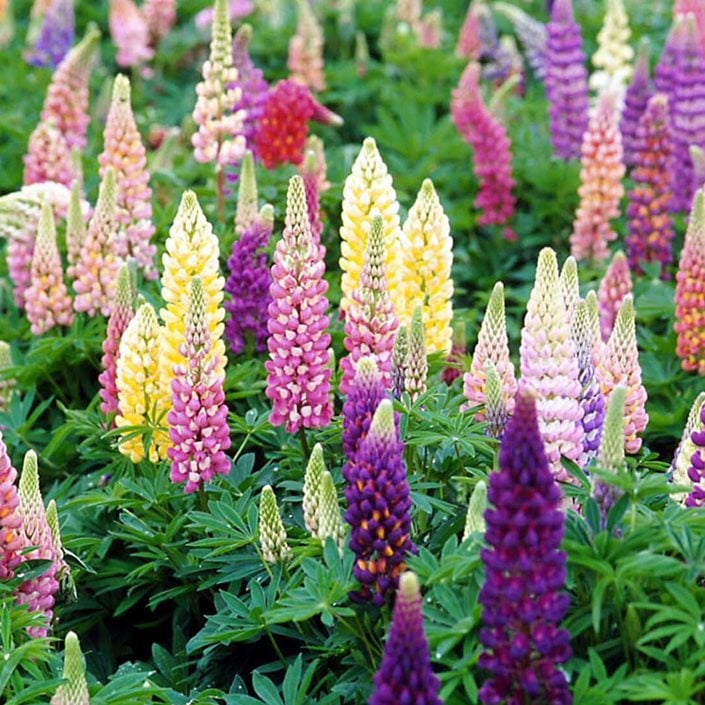
Growing Lupine Flowers Planting & Caring for Lupinus Garden Design
Gardening Plants & Flowers Flowers How to Grow and Care for Lupine (Bluebonnet) By Jamie McIntosh Updated on 07/30/23 Reviewed by Julie Thompson-Adolf The Spruce / Kara Riley In This Article Care Types Propagating Growing From Seeds Growing in Pots Overwintering Common Pests and Diseases Bloom Common Issues FAQ

A maze and a Lupin garden Beautiful gardens, Garden design, Dream garden
How to Start a Flower Garden Easy Flowers for Beginners Flower Gardens Perennials Annuals Spring Bloomers Popular Spring Flowers Spring Blooming Bulbs Spring Wildflowers Summer Bloomers Summer Flowers A-Z Bulbs of Summer Fall Bloomers Flowers for Fall Gardens Popular Flowers Petunia Calibrachoa Verbena Rose Lily Peony Hellebore Dahlia Hollyhock

Beautiful Lupins Currently the lupins are in our garden are just wonderful in 2020 Lupine
Lupinus havardii, also known as bluebonnets, are one of the blooms for which the Lone Star State is famous. These Texas favorites take well to neglect and can pop up anywhere, as they thrive in arid, sandy conditions. Big Bend Bluebonnet is one of these. Its deep blue flowers can reach up to three feet tall, while Lupinus subcarnosus, which is.
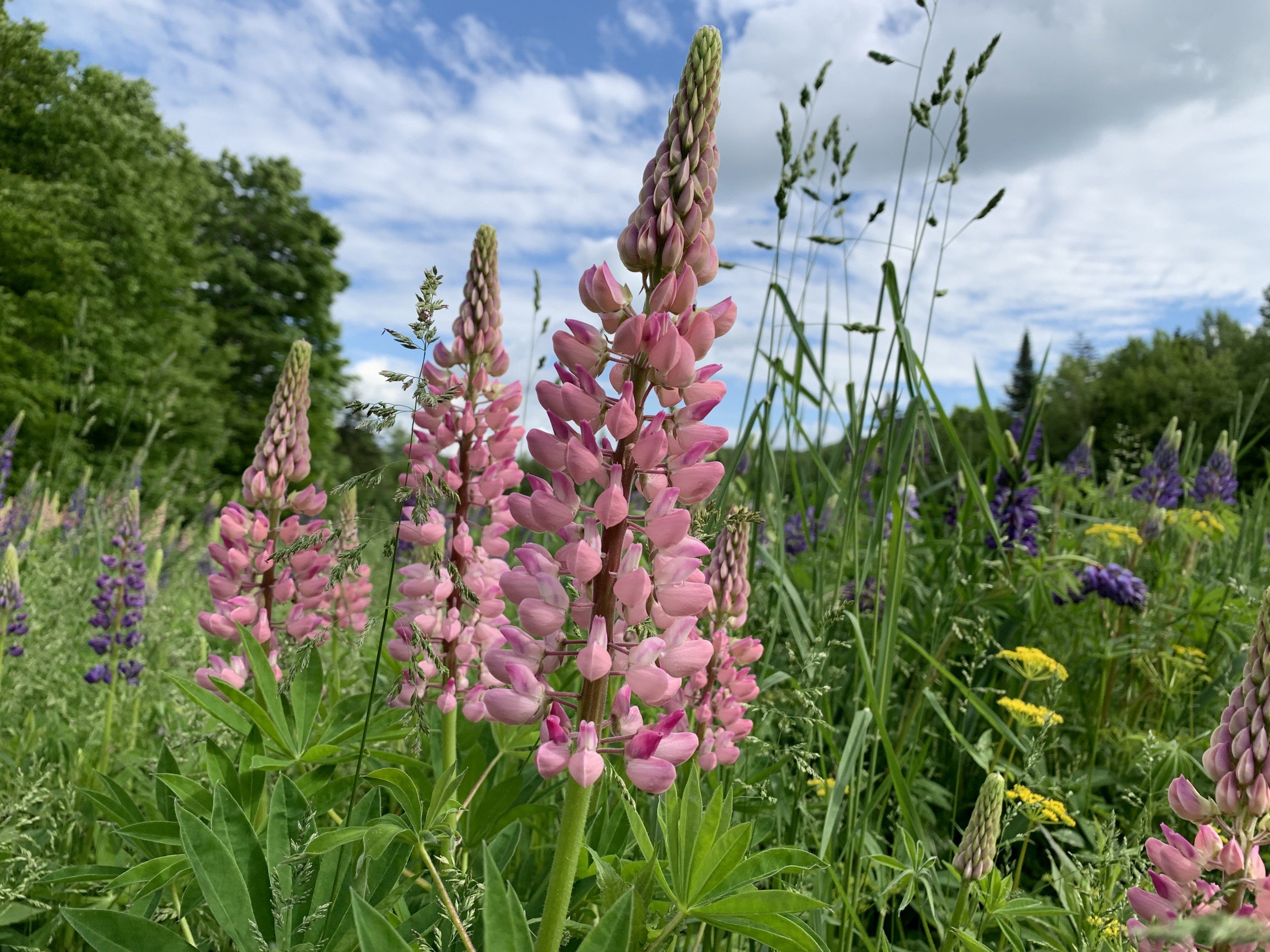
Discover a Secret Lupine Garden New Hampshire Magazine
For native plant enthusiasts, Lupinis perennis is preferable to the Russell hybrids and other hybrid lupins (Lupinis x hybrida) that most people grow as garden plants.Widely known as wild lupine, native lupine, or blue lupine, L. perennis is found across much of eastern North America, as well as along the shorelines of the Arctic Ocean.Once extremely prevalent, its range has been greatly.

Pin on Landscaping ideas
Best for smaller projects like designing a small backyard or creating a beautiful residential garden. Have expertise in creating personalized designs, selecting plants, and suggesting features like patios or garden beds. Knowledgeable about plant care, garden aesthetics, and creating functional outdoor spaces. Landscape Architects:

Lupine in the garden 2015 Plants, Garden, Lupines
Lupinus seeds germinate in 14-21 days at 65-75°F (18-24°C). Soak seed overnight or scarify to promote germination. Divide lumps of crowded perennials when new growth begins in early spring. Take cuttings of side shoots growing next to the base of the main stem and root them in moist, shaded beds in late spring.

Lupine in my Hamptons garden Hamptons garden, Maple shade, Hamptons house
Garden designer Gertrude Jekyll planted lupines in her kitchen garden. My father introduced lupines every spring to his garden in the Chicago suburbs. Emphasis on every spring —lupines are finicky friends and even among the perennial species of the plant, you can't count on them to come back.

I LOVE THIS COMBO Small flower gardens, Lupine flowers, Flower garden
Landscape Design Rose Gardens Trees & Shrubs If you're searching for an eye-catching, summer-blooming perennials that will stand out from the crowd, lupine is a definite bet. Striking plants have stiff, erect flower spikes — 1 to 4 feet tall — that emerge from horizontal foliage.

Lupin Gardens Garden design, Beautiful gardens, Garden
Design Tip Colorful spikes Other Uses Butterfly food Peak Bloom Early summer Lupine: A Field Guide Colorful, spiky lupines grow wild from the coast of Maine (thank you, Miss Rumphius) to Texas (where they were legally renamed "bluebonnets" by an official act of the state legislature in 1901).

Birmingham & West Midlands Garden Design Portfolio Lupin Gardens
By Abby Kolonsky / Updated: March 23, 2022 12:09 pm EST Lupine plants (Lupinus) are a wonderful addition to any wildflower or ornamental garden because of their large and dramatic flowers. These plants have tall flowers that bloom in the spring and summer and range in color from blue to orange to white.

I walked past this house today with a field of lupine in their front garden! Stunning! r/gardening
last updated April 27, 2021 Lupines ( Lupinus spp.) are attractive and spiky, reaching 1 to 4 feet (30-120 cm.) in height and adding color and texture to the back of a flower bed. Lupine flowers may be annual and last only for a season, or perennial, returning for a few years in the same spot in which they were planted.

Lupin garden at Chatsworth Lupines garden, Garden pictures, Beautiful flowers
Lupines (Lupinus spp. and cvs., Zones 3-9) are beloved, old-fashioned garden plants that are on the wish list for many gardeners. The truth is that while lupines are very desirable perennials often seen in full flower or in bud at garden centers, few gardeners ever seem to have much luck in keeping these lovely flowers returning year after year.

Birmingham & West Midlands Garden Design Portfolio Lupin Gardens
March 5, 2023 If you want to add a splash of color to your garden, learning how to grow lupins is a great start! These cottage garden favorite perennials are relatively easy to grow, and with a bit of care in their first year, you will be rewarded with year after year of colorful displays of flowers.
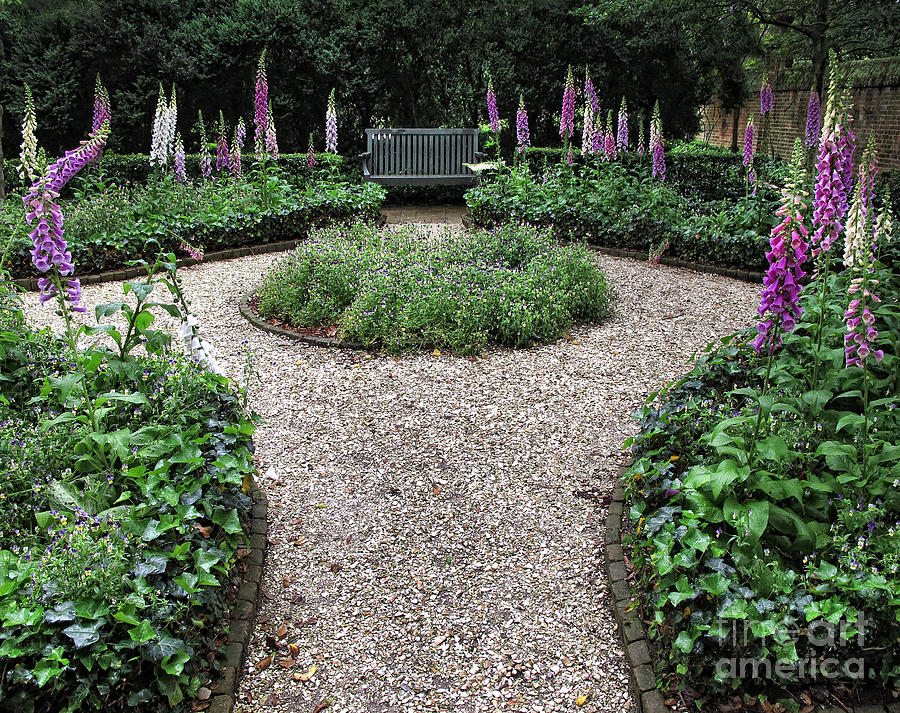
Lupine Garden Williamsburg Virginia Photograph by Dave Mills Pixels
Lupins: how to grow, plus 14 of the best varieties - Gardens Illustrated. Lupins give spires of colour in late spring and early summer. Plant expert John Hoyland shares his advice on growing lupins and recommends the best.